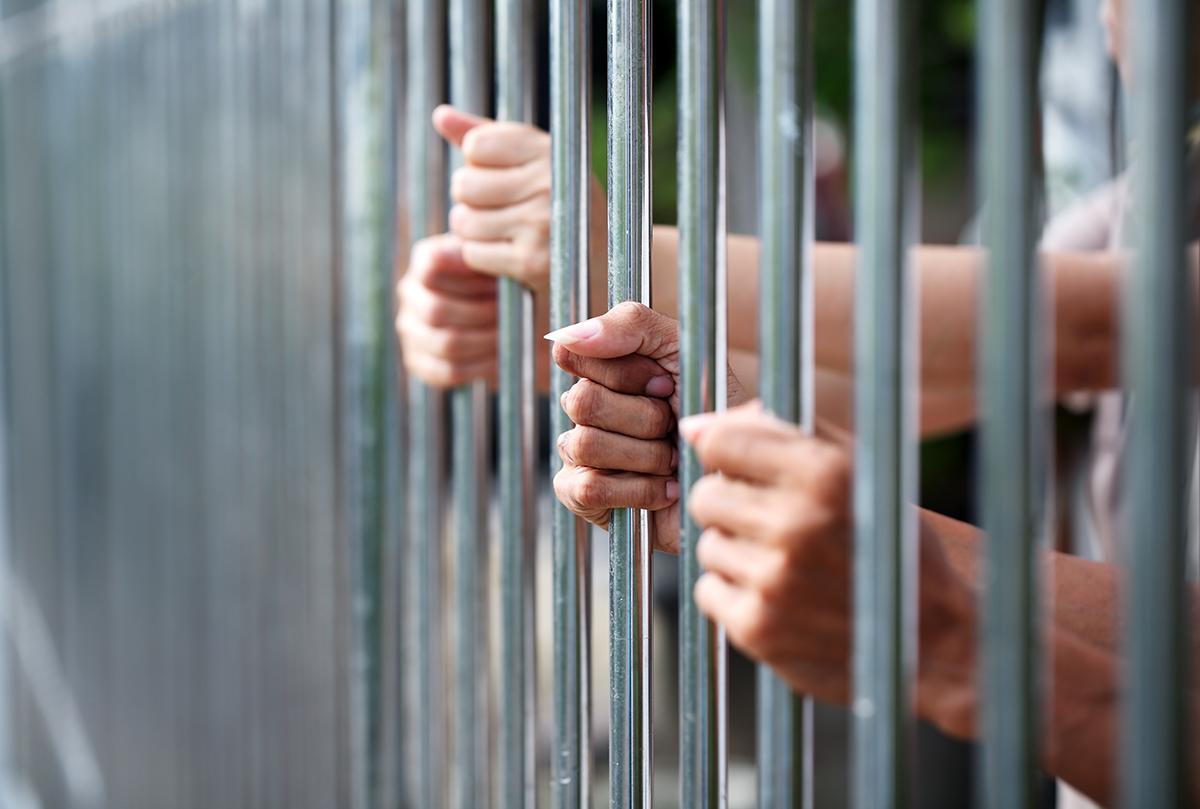Juvenile Detention Drives Up Adult Incarceration Rates, MIT Study Finds

Hands in Jail Photo via Shutterstock
The United States’ juvenile justice system is busted. Each year, we lock up more than 130,000 teens and tweens at a total cost of $6 billion, or an average of $88,000 per inmate. At this moment, there are 70,000 juveniles institutionalized, give or take. And, it turns out, we’d probably be better off flushing that $6 billion down the toilet, or at least investing it in systems that support education and rehabilitation rather than a kid-sized prison industrial complex.
A new study co-authored by MIT economist Joseph Doyle found that those who were incarcerated as juveniles are 23 percentage points more likely to end up in jail as an adult when compared with juvenile offenders who, by the grace of a lenient judge, avoided incarceration. Put another way: 40 percent of kids who went into juvenile detention ended up in prison by the age of 25.
“If you want to be tough on crime, locking up juvenile offenders is counterproductive,” Doyle tells Boston. The study, perhaps unsurprisingly, also found that juvenile incarceration is tied to a steep drop in high school completion rates.
There are two high-level competing hypotheses when it comes to juvenile detention. The first line of reasoning is rooted in the scared-straight mentality and posits that locking up young people will deter them from committing future crimes. The other perspective takes the view that pulling troubled young people out of school and confining them in close quarters with other troubled young people is a great way to groom future criminals. Based on this study, published in the Quarterly Journal of Economics, it looks like the later view is onto something.
Doyle and a colleague at Brown University analyzed data for 30,000 juvenile offenders spanning 10 years who entered the criminal justice system through the courts of Illinois. In many ways, it was an ideal data set.
“The teenagers in question had all committed offenses that provided presiding judges with latitude in determining sentencing levels. The random assignment of judges with different sentencing tendencies to those cases allowed the researchers to conduct a ‘natural experiment,’ as social scientists call it, examining the implications of the varying sentences,” a press statement from MIT explained.
The findings that incarcerated kids are more likely to end up in jail as adults and less likely to finish high school didn’t surprise Doyle.
“What I was surprised by was the size of the effects,” he says. “We found that when kids went into juvenile detention, they were very unlikely to return to high school at all. Basically none of them are graduating high school.”
As for policy recommendations, Doyle says there are myriad alternatives to incarceration that we need to explore, from curfew and home confinement programs to drug rehabilitation.
“As an economist and researcher, these results are strong evidence that finding a suitable alternative to incarceration would be not only better for the kids, but for other people in their neighborhood,” he says.


